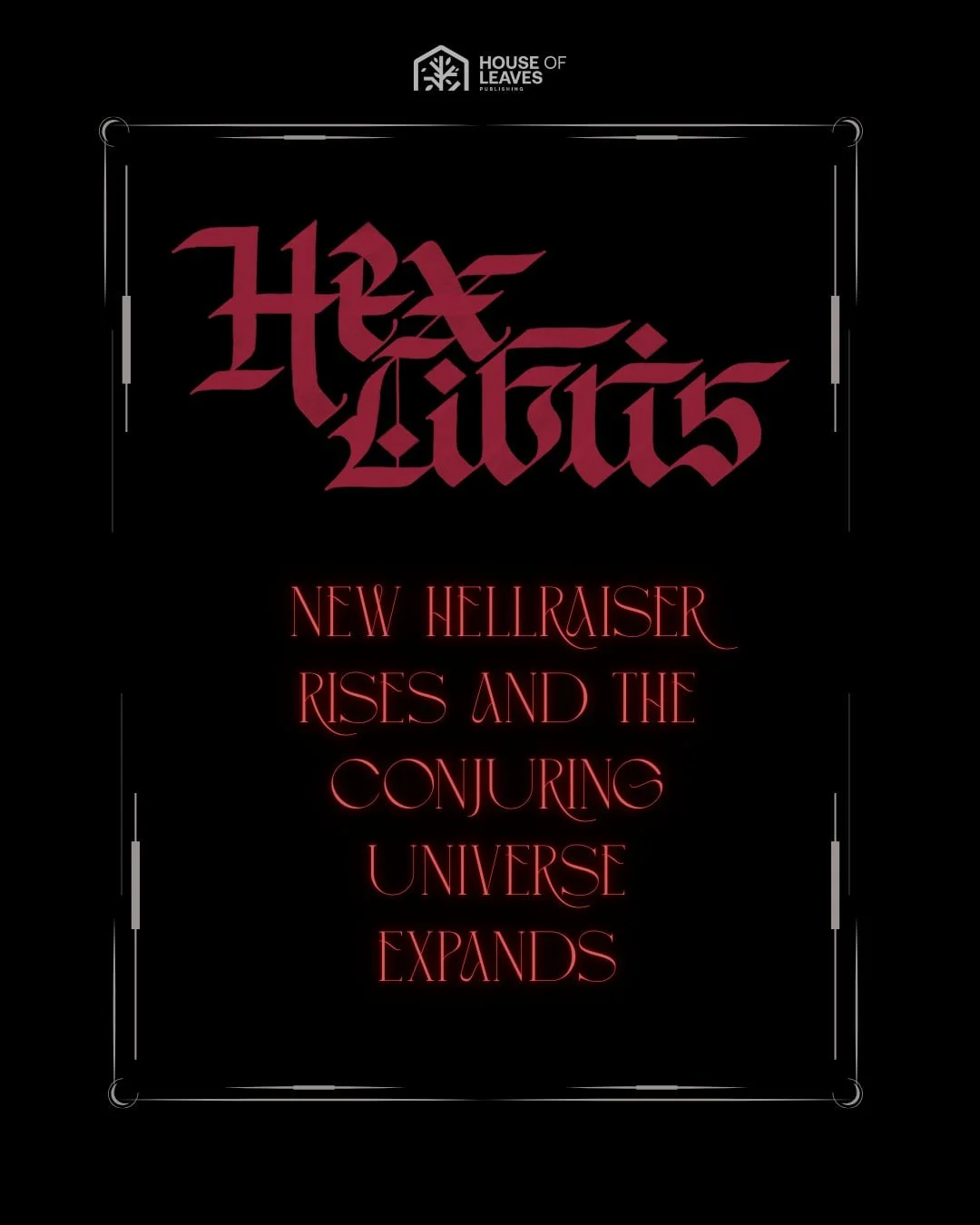November Giveaway
Throughout November, send us proof (via DM or info@holpublishing.com) that you've donated at least £3 (or equivalent) to your local food bank - in any country - and you'll be entered into a draw to win a HoL horror bundle.
Behind the Scenes: The Liminality of Essay Crafting (Spotlight: Darkest Margins)
“Dementia in Dimensions: Trapped Between the Horrors of Cognitive Disease and Death” is the latest published essay from Jessica Rose in Darkest Margins: 24 Essays on Liminality and Liminal Spaces in the Horror Genre edited by Matt Rogerson and released by 1428 Publishing Ltd. This essay analyzes elderly aging in horror films and how physical space elevates the allegories present in the liminal space of bodily decline. The three films I use to support the notion that elderly figures are easily villainized because they are harbingers of not only death, but the loss of one’s self are The Taking of Deborah Logan (2014), The Visit (2015), and Relic (2020).
Shop Spooky: 3 UK-Based Shops We Love To Haunt
October is my birthday month. As the weird, quiet, and horror-obsessed kid who's never quite belonged, this month, season, and holiday has always felt like home. It's also usually the period when work slows (a tad), and I'm able to pause and breathe for a while. Especially if my mental health hasn't been great, this time of year and its rituals always allow me to come back to and feel like myself again.
Usually. Enter 2025...
Shop Spooky: 5 US-Based Shops to Die For
Thanks to a few real-life ghouls and goblins, our Halloween shopping has been limited this year, as international shipping from so many of our beloved small businesses outside of the United States has stopped dead in its tracks. As unfortunate as that is, there are countless small businesses here that not only need our support but also craft some of the greatest Halloween and horror inspired merchandise that you definitely can't get at certain big box stores. As a serial buyer and collector of all things strange and unusual, monstrous and macabre, I’m always looking for one-of-a-kind things to wear, use, and decorate my living spaces and have a few favorite small businesses that I love to buy from, especially this time of the year, that I want to share…
4 Easy Ways to Celebrate Mabon and the Autumn Equinox
Celebrate the 2025 Mabon harvest festival with these simple and meaningful practices.
More Weight: The Pressing of Giles Corey
“More weight.” These were the last words of farmer Giles Corey, one of six men tried and executed during the 1692 Salem witch trials. While George Burroughs, George Jacobs Sr., John Proctor, Samuel Wardwell, and John Willard were sentenced to death by hanging, Corey faced a different fate.
Shop Spooky: 3 Canada-Based Shops to Die For
Halloween is coming up fast! Whether you’re planning out a boo basket or just looking for a spooky way to spoil yourself, the House of Leaves team is volunteering our time to help you find the perfect Hallowe’en gift!
As the Canadian of the coven, my recommendations are based in the True North. Enjoy!
New Hellraiser Rises and The Conjuring Universe Expands
Thanks to recent events in the horror world, our first book, Scared Sacred: Idolatry, Religion and Worship in the Horror Film, is having a bit of a moment. As the Hellraiser and Conjuring franchises step back into the spotlight, we invite you to join us as we celebrate Scared Sacred, get excited about further exploring the imagination of one of horror’s most inventive minds, and prepare for a petrifying conclusion 12 years in the making.
4 Easy Ways to Celebrate Lughnasadh!
Pronounced “loo-nah-sa” and named for the Celtic sun god Lugh, this ancient pagan harvest festival has deep roots in Ireland, Scotland, and the Isle of Man. Lughnasadh is the time to reap what we have sown, celebrate the year’s accomplishments and growth, enjoy the last days of summer, and anticipate the gloriously spooky vibes of the upcoming autumn season.
Remembering the Salem Witch Trials
On this day in 1692, five women were found guilty of practicing witchcraft in Massachusetts. Their names were Rebecca Nurse, Elizabeth Howe, Sarah Good, Susannah Martin, and Sarah Wildes. Once convicted, these women scarcely had time to react to this traumatic injustice, and no time at all to appeal to the better natures of their persecutors. On the very same day, all five women were hanged until dead.
4 Fun Ways To Celebrate Litha And The Summer Solstice
Get ready for Litha: four fun and easy ways to ring in the summer solstice!
The Enduring Cultural Relevance of Rosemary’s Baby
Why this iconic 1960s satanic horror classic is as important as ever, over 50 years later.





















